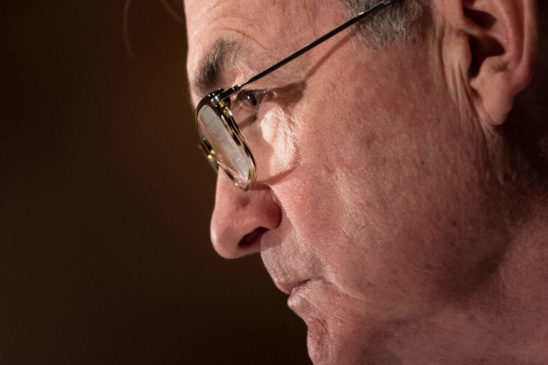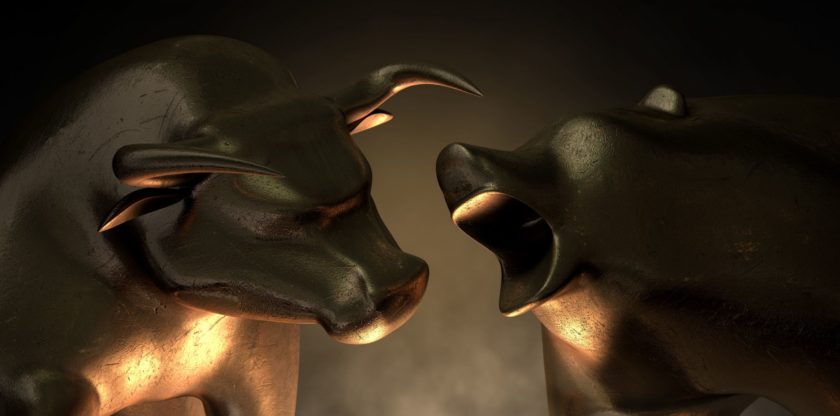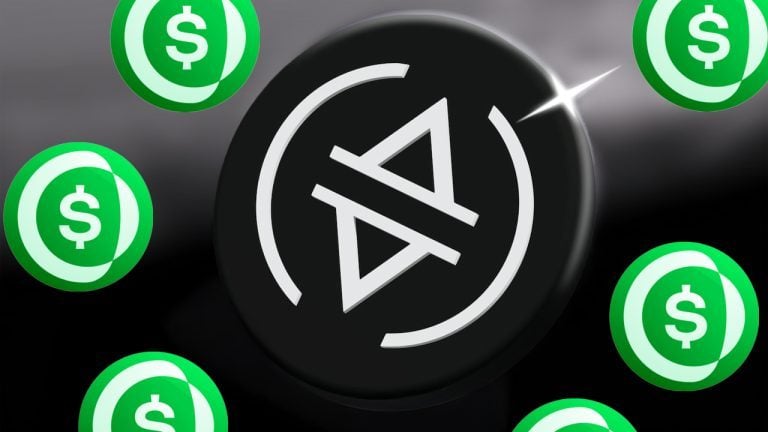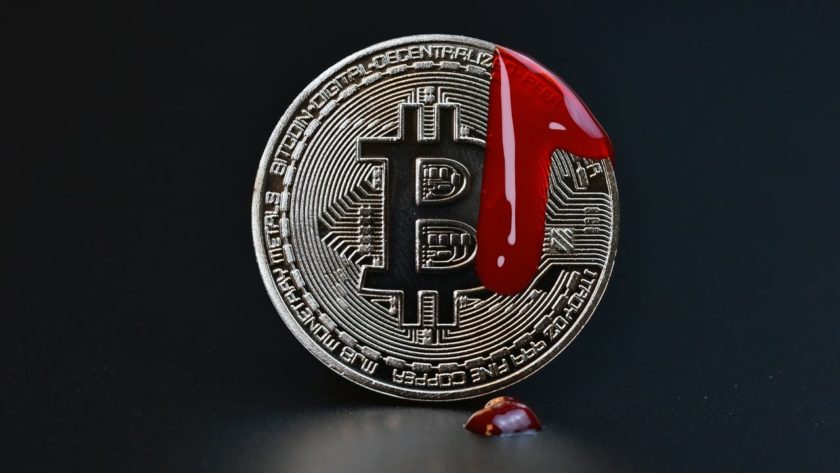- The Fed hasn’t ruled out negative interest rates.
- If it wants the stock market rally to continue, the central bank will probably have to resort to below-zero rates.
- Without more Fed action, the U.S. economy probably can’t pull off a V-shaped recovery.
The U.S. stock market is trading remarkably close to all-time highs. Investors have remained bullish on the nation’s long-term prospects despite worrying economic data.
Much of that optimism has been fueled by the Federal Reserve, whose ever-expanding balance sheet has provided a formidable backstop for financial markets.
Although the stock market’s epic recovery suggests the U.S. is heading for a V-shaped recovery, the central bank is preparing for a worst-case scenario.
Fed Economist Argues for Negative Rates
Yi Wen, an economist for the St. Louis Fed, says despite Jerome Powell’s reluctance, the bank will have to consider negative interest rates.
Wen argued that following the Great Depression, policymakers responded aggressively, and the economy saw a V-shaped recovery. By contrast, the financial crisis yielded an L-shaped recovery because the stimulus-response wasn’t aggressive enough.
Wen says that this time around, the response needs to top that of 2008, perhaps including negative interest rates:
I found that a combination of aggressive fiscal and monetary policies is necessary for the U.S. to achieve a V-shaped recovery in the level of real GDP. Aggressive policy means that the U.S. will need to consider negative interest rates and aggressive government spending, such as spending on infrastructure
Fed Chair Jerome Powell has been resistant to the idea of negative rates despite mounting pressure from Donald Trump, who wants to keep the stock market supported. Powell says there’s no concrete evidence suggesting negative rates would be useful.
Negative Rates Could be Harmful
Powell isn’t the only one opposed to the idea of sub-zero rates. There’s very little evidence that negative rates would have a long-term impact on growth.
Some studies suggest they bring on low inflation. Plus, negative rates would further damage the financial sector, making it harder for banks to turn a profit. That could have far-reaching ramifications and could reduce credit availability.
But just because Powell is hesitant doesn’t mean it won’t happen. The stock market’s bumper rally appears to be more-or-less based on that outcome. The market’s beefed-up valuations assume a V-shaped recovery is already in progress, but some analysts believe more Fed intervention will be necessary to make that happen.
Stock Market Counting on V-Shaped Recovery
Chetan Ahya of Morgan Stanley is optimistic about the potential for a V-shaped recovery in the U.S.:
We have been pleasantly surprised by incoming growth data and policy actions. These upside surprises are increasing our confidence in a deep V-shaped recovery
But notably, much of Ahya’s confidence is based on the Fed’s policy response:
Policy action has been far more decisive than during the [global financial crisis] for a simple reason—this recession is nobody’s fault
IMA Asia’s Richard Martin has cautioned that the V-shaped recoveries simply won’t be possible in the U.S. as unemployment, bankruptcy filings, and credit defaults start to sink in. He says deflation has become a real possibility:
The Covid-19 wave, the first wave dies down, but we now have two or three economic waves: Unemployment, bankruptcy, default, which are gonna build through the end of the year.
Negative Rates Could Be Necessary to Combat Deflation
Martin’s gloomy outlook supports the case for more Fed intervention to keep markets supported. If the economy doesn’t rise to meet the stock market’s lofty predictions, the central bank will need to inject more liquidity into the market until it does.
Goldman Sachs summed it up perfectly a note published earlier in May:
For the Fed to reconsider [negative rates], the recession would have to reach the point where weak demand rather than the virus is the main economic problem, the fiscal response would have to fizzle while the unemployment rate is still very high, and a further step-up in asset purchases would have to lose appeal for one reason or another.
Essentially, the investment bank is arguing that if the economy doesn’t bounce back when the virus is no longer the primary concern, the Federal Reserve will need to make some moves.
According to analysts at Standard Chartered, those moves will be big ones. There’s no point taking interest rates marginally lower, the firm argued. Instead, it sees the central bank bringing rates as low as -1%.
No one likes trying a ‘Hail Mary’ from midfield as the clock ticks down when you are losing, but you kick the ball a long way in that situation – there is no point to a short pass
Disclaimer: The opinions expressed in this article do not necessarily reflect the views of CCN.com.
This article was edited by Sam Bourgi.
Last modified: June 3, 2020 3:53 PM UTC




